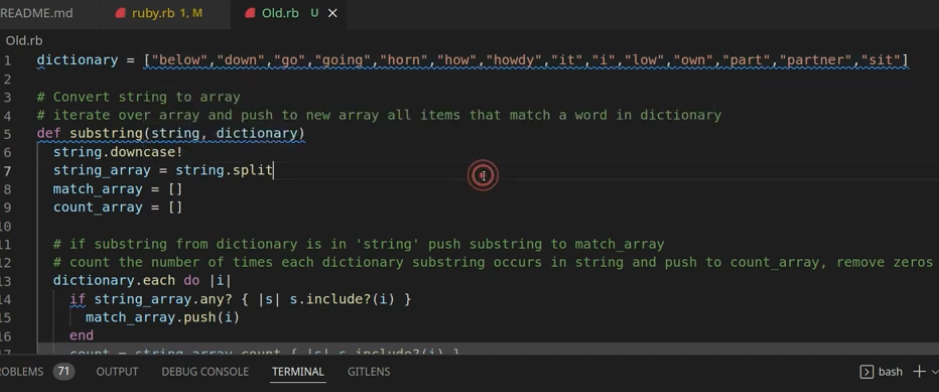Dive into the binary world of Ruby programming, where understanding the nuanced play of boolean logic is not just beneficial—it’s crucial. Boolean values, the silent gatekeepers of decision-making, serve as the foundation for controlling the flow and logic of Ruby applications. This guide unveils the secrets of leveraging true and false values effectively in Ruby, shedding light on the absence of a Boolean class but the presence of powerful boolean objects.
Explore how Ruby’s dynamic nature treats truthy and falsy values, the elegance of predicate methods, and the strategic avoidance of boolean parameters. Embark on this journey to elevate your Ruby coding practices by mastering the simplicity and complexity of boolean logic.
What is a Boolean?
In the realm of Ruby programming, a boolean denotes a value that can be either true or false, serving as the backbone of logic statements. These binary values are pivotal in decision-making processes within code. Unlike some languages that offer a dedicated Boolean class, Ruby provides boolean values through two singleton objects associated with the TrueClass and FalseClass.
Boolean Value Generation
Ruby generates boolean values through various methods and operators, such as:
- empty?;
- all?;
- match?.
Additionally, comparison operations like 1 == 1 yield boolean outcomes. It’s crucial to recognize that == is a method in Ruby, which implies that its behavior can vary based on its implementation.
Truthy and Falsy Values in Ruby
Ruby adopts a broad interpretation of truthiness, where every value is considered truthy except for false and nil. These exceptions are uniquely identified as “falsy” values. This distinction is fundamental in Ruby’s control structures, like if statements, where the truthiness of conditions affects code execution.
Applying Booleans in Ruby Programming
Ruby’s approach to boolean values allows for concise and intuitive conditional statements. For instance, the presence of bacon can be checked simply with:
| if bacon puts “we got bacon”end |
This code snippet leverages Ruby’s truthy evaluation, omitting the need for explicit nil checks unless a method call on the variable is intended.
The Safe Navigator in Ruby
The safe navigation operator (&.), introduced in Ruby 2.3, offers a robust solution for calling methods on potentially nil objects, thereby preventing errors:
| if bacon&.stock # …end |
Predicate Methods in Ruby
Predicate methods, identifiable by their trailing question mark (?), adhere to a convention by returning a boolean value. Developers are encouraged to define their predicate methods, enhancing Ruby’s expressive nature:
| def published? # …end |
The Pitfalls of Boolean Parameters
While boolean methods are a staple in Ruby, using boolean parameters can obscure the intention behind code, as seen in bacon(false). This practice can make code difficult to understand and maintain. A more transparent approach involves method splitting or redesigning the code structure to avoid boolean parameters.
Understanding Boolean Logic in Ruby
Ruby’s TrueClass and FalseClass include logical operators (&, |, ^) that embody the core principles of boolean logic. Despite their infrequent use in everyday coding, these operators underscore the foundational logic that underpins computer operations.
Boolean Logic Table
| NAME | SYMBOL | TRUE / TRUE | TRUE / FALSE |
|---|---|---|---|
| AND | & | true | false |
| OR | ` | ` | true |
| XOR | ^ | false | true |
Conclusion
This guide has delved into the intricacies of boolean values in Ruby, highlighting their significance in logical operations, the unique handling of truthy and falsy values, and practical tips for leveraging booleans effectively in Ruby programming. By understanding and applying these concepts, developers can write more concise, readable, and robust Ruby code.


